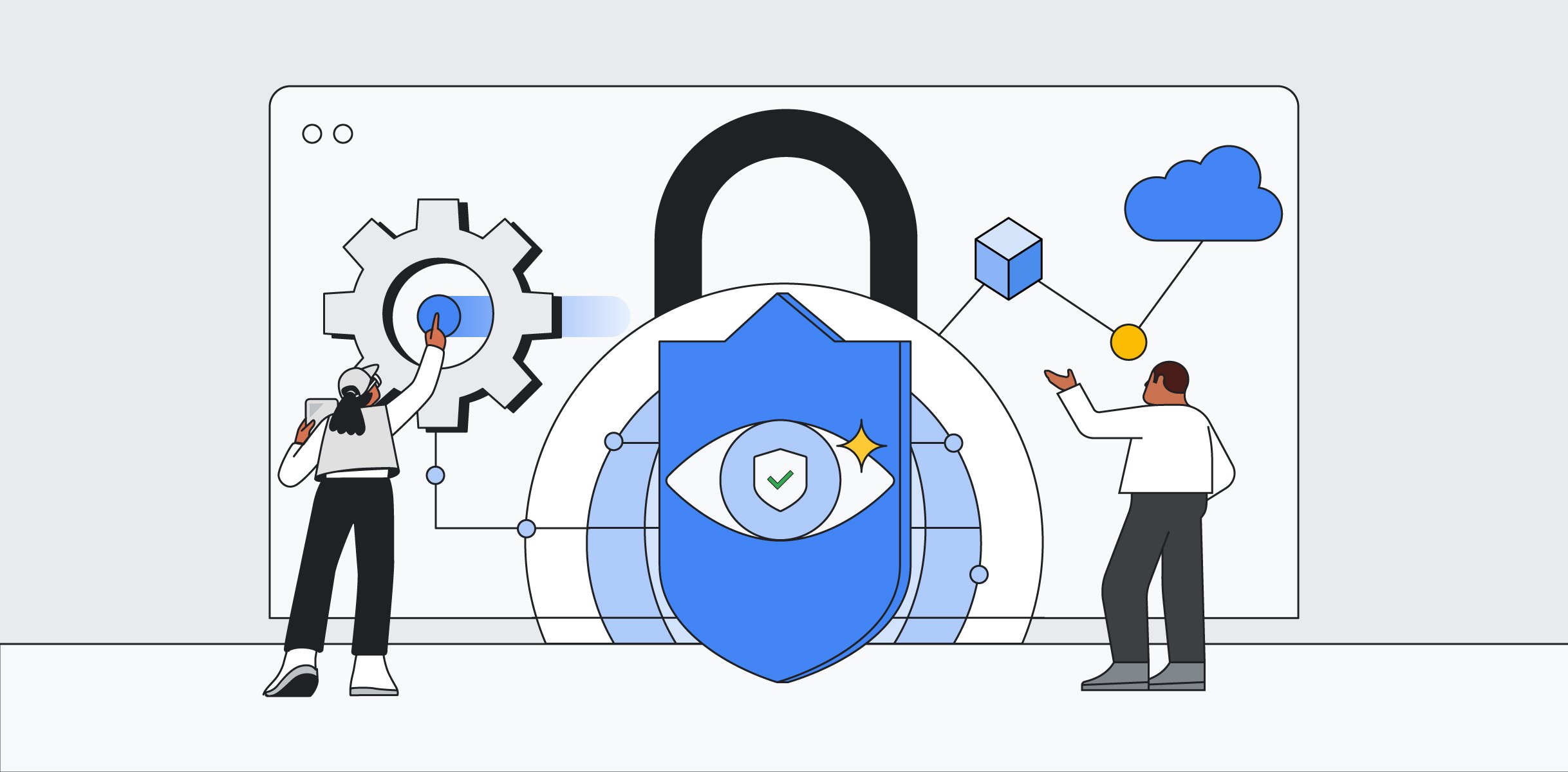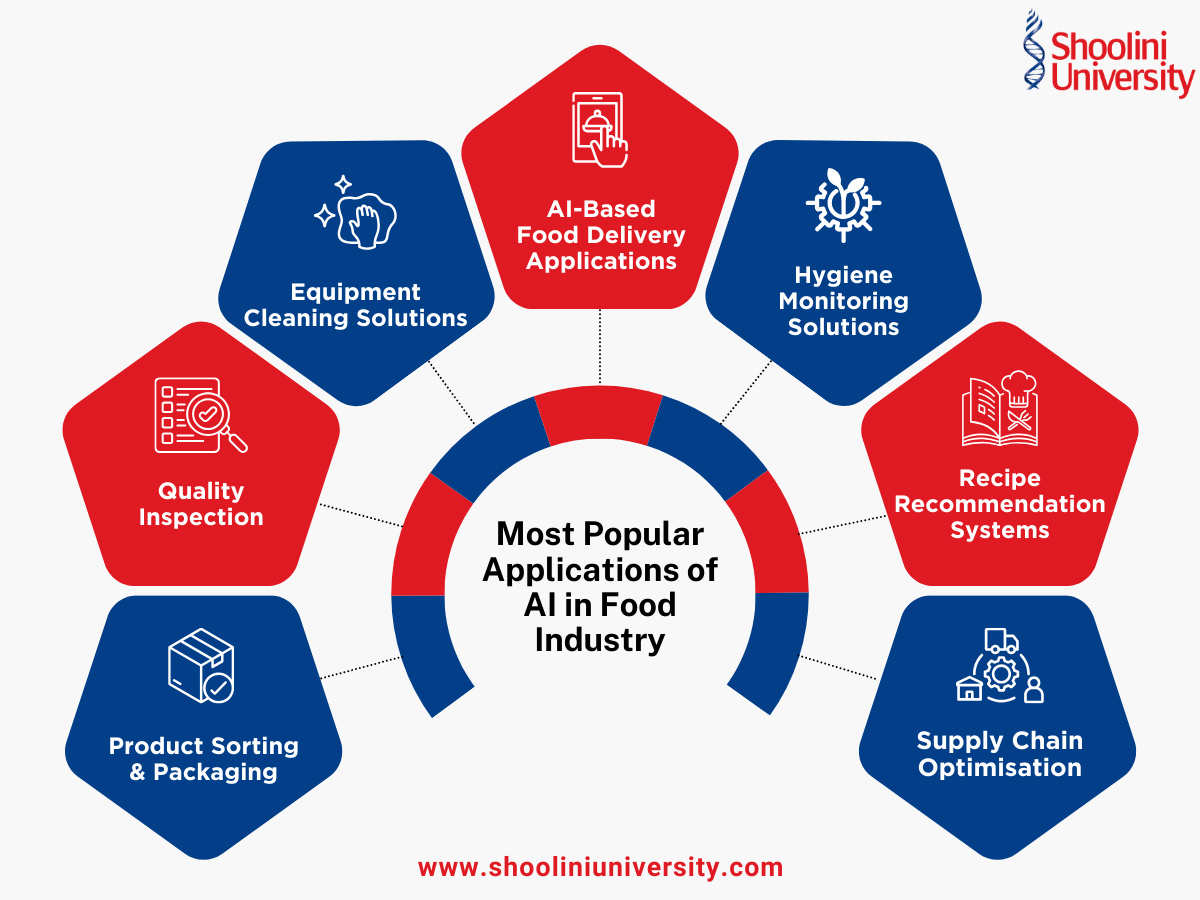Generative AI will drive a foundational shift for companies — IDC

“Over the last year, most organizations debated creating Chief AI Officers and
centers of excellence to decide how to embed AI and create new business
centers for new AI-enabled products and services,” said Rick Villars, group
vice president of IDC’s Worldwide Research division. CIOs are also rethinking
their capital investment plans and staffing needs based on AI initiatives,
according to Villars, including how AI will affect an organization’s long-term
revenue and profitability. Most organizations are likely to choose a hybrid
approach to building out their AI plans — that is, companies will partner with
service providers while also customizing existing AI platforms such as
ChatGPT, as well as building their own proprietary, but smaller, AI models for
specific use cases. “All applications you buy will become more intelligent.
... Phil Carter, group vice president of IDC’s Worldwide Thought Leadership
Research, said organizations shouldn’t expect an immediate ROI from their
investments. Like other major economic shifts, such as arrival of the tractors
for farming, the arrival of genAI technology can take decades to achieve
widespread adoption and ROI.
Blockchain in trademark and brand protection, explained

Through the use of blockchain technology, firms are able to generate
irreversible documentation of product legitimacy. It is possible to provide
each product with a unique identification number that allows retailers and
customers to instantly confirm its legitimacy. In addition to shielding
customers against fake items, this also helps firms preserve their goodwill,
ensure data integrity, and win over new customers. Additionally, supply chains
benefit from the transparency and traceability that blockchain offers,
allowing firms to monitor the flow of goods from manufacturing to
distribution. Businesses can use blockchain technology to confirm the
legitimacy of products and spot any illegal or fake goods that are trading in
the market. ... it might be difficult and expensive to integrate blockchain
technology with current systems and procedures. To apply blockchain
efficiently, firms might need to redesign their infrastructure and make
considerable investments in new technology and knowledge. This can be a major
hurdle, particularly for smaller companies with tighter budgets. The
implementation of blockchain in brand protection is further complicated by
problems with scalability and interoperability.
Open source is not insecure

It’s too easy whenever there is a major vulnerability to malign the overall
state of open source security. In fact, many of these highest profile
vulnerabilities show the power of open source security. Log4shell, for
example, was the worst-case scenario for an OSS vulnerability at a scale and
visibility level—this was one of the most widely used libraries in one of the
most widely used programming languages. (Log4j was even running on the Mars
rover. Technically this was the first intergalactic OSS vulnerability!) The
Log4shell vulnerability was trivial to exploit, incredibly widespread, and
seriously consequential. The maintainers were able to patch it and roll it out
in a matter of days. It was a major win for open source security response at
the maintainer level, not a failure. ... But today, most software consumption
is occurring outside of distributions. The programming language package
managers themselves—npm (JavaScript), pip (Python), Ruby Gems (Ruby), composer
(PHP)—look and feel like Linux distribution package managers, but they work a
little differently. They basically offer zero curation—anyone can upload a
package and mimic a language maintainer.
AI is keeping GitHub chief legal officer Shelley McKinley busy
“I would say that AI is taking up [a lot of] my time — that includes things
like ‘how do we develop and ship AI products,’ and ‘how do we engage in the AI
discussions that are going on from a policy perspective?,’ as well as ‘how do
we think about AI as it comes onto our platform?’,” McKinley said. The advance
of AI has also been heavily dependent on open source, with collaboration and
shared data pivotal to some of the most preeminent AI systems today — this is
perhaps best exemplified by the generative AI poster child OpenAI, which began
with a strong open-source foundation before abandoning those roots for a more
proprietary play ... “Regulators, policymakers, lawyers… are not
technologists,” McKinley said. “And one of the most important things that I’ve
personally been involved with over the past year, is going out and helping to
educate people on how the products work. People just need a better
understanding of what’s going on, so that they can think about these issues
and come to the right conclusions in terms of how to implement regulation.” At
the heart of the concerns was that the regulations would create legal
liability for open source “general purpose AI systems,” which are built on
models capable of handling a multitude of different tasks.
Is OpenAI Opening Up To Quantum?

It’s likely that the potential for quantum to solve certain computational
tasks critical to OpenAI’s growth is one reason for the quantum feelers, as it
were. First, as AI models become more sophisticated, the computational
resources required to train them have skyrocketed. Quantum computing offers a
potential solution to this bottleneck, promising speed-ups for specific types
of computations, including those involved in machine learning and optimization
problems. Quantum computers could one day — relying on superposition and
entanglement — process vast amounts of data in ways that classical computers
will struggle to manage and — again, eventually — use far less economic and
environmental resources. ChatGPT CEO Sam Altman recently made headlines for
reports that he was seeking $7 trillion to make chips, apparently to feed this
massive need for speed and processing power. He’s since said the reports on
that figure were inaccurate, but the move still underscores OpenAI’s
computational dilemma — grow, but reduce costs and improve performance. In a
sentence, then, the potential integration of quantum computing with AI could
boost model efficiency.
Flexera 2024 State of the Cloud Reveals Spending as the Top Challenge of Cloud Computing

“This is a complex year for cloud adoption. Organizations are navigating
economic uncertainties by investing in generative AI, security, and
sustainability while prioritizing cost management,” said Brian Adler, Senior
Director, Cloud Market Strategy at Flexera. He further added “Cloud adoption
continues to grow. The shift toward hybrid and multi-cloud environments
underscores the importance of comprehensive cost management, with nearly half
of all workloads and data now in the public cloud. FinOps practices and cloud
centers of excellence are growing as companies move toward centralized,
strategic cloud management.” The report also shows an increase in multi-cloud
usage, increasing to 89% from 87% last year. Sixty-one percent of large
enterprises use multi-cloud security, and 57% use multi-cloud FinOps as cost
optimization tools. Organizations are taking a centralized approach to cloud
with 63% of organizations already having a cloud center of excellence (CCOE)
and 14% planning on creating one within the next year. Sustainability has been
high on the priority list of organizations.
Cloud CISO Perspectives: Easing the psychological burden of leadership

CISOs are the public face of an organization’s security team, and they sit at
the nexus of the security experts, engineers, and developers who report to
them, the organization’s security policies, and the executives and board of
directors who they report to. They often are blamed for security breaches that
occur on their watch, and yet CISOs are not fleeing their jobs — recent data
suggests that, despite the stress of the role, they stay at their employer for
more than four and a half years at a time. While a CISO who has stayed with
one company for five years has clearly demonstrated their dedication to
defending their organization’s data and supporting its security teams, it
doesn’t mean that they’re happy. High-profile data breaches are on the rise,
and government agencies are imposing stricter regulatory requirements
including increasing levels of legal accountability (and even personal
liability) for their organization’s cybersecurity posture. The stresses CISOs
contend with can take a psychological toll, lead to poor decision-making, and
even burnout.
Tech Transformation in Food Technology with AI

AI-driven predictive analytics offer crop management assistance. AI employs
historical data, weather patterns, and soil conditions to detect crop yield
forecasts, optimal planting times, and potential disease outbreaks. This
proactive approach allows farmers to implement preventive measures, adjust
farming practices, and mitigate risks, ultimately improving crop quality and
quantity. ... Automation is crucial in streamlining food processing
operations. AI-powered robotics and machine learning systems automate
repetitive tasks such as sorting, grading, and packaging, enhancing
efficiency, consistency, and speed. This reduces labour costs and minimises
human errors, ensuring uniform product quality and meeting stringent industry
standards and consumer expectations. ... AI technologies optimise every aspect
of the food supply chain, from farm to fork. AI algorithms optimise logistics
by analysing data on transportation, inventory management, and consumer
preferences. They minimise transportation costs and reduce food wastage.
Real-time monitoring and predictive analytics enable proactive
decision-making, ensuring timely delivery and optimal utilisation of
resources.
Modernizing Data Management with Karen Lopez

“One thing I’ve found working in the data industry is that there’s always
something new coming over the horizon,” Lopez began. “Even so, we can still
find ourselves suffering from the same struggles I was working on 35 years
ago.” However, she pointed out, although relational databases were the core of
everything until about 10 years ago, at that time there was an explosion of
other types of databases and data stores -- a fact that makes the addition of
the word “modern” much more meaningful than it otherwise might have been.
“There are just so many more opportunities for new approaches to data
management now,” she added. “I’m usually more of a skeptic when I see ‘modern’
in front of anything,” Lopez said. “There are certain standards, principles,
and practices that work even in this new environment. It usually takes someone
with a lot of hard-won experience to be able to tell whether one of these new
systems or tools is trustworthy. Some of these things may be really exciting,
but they just don’t catch on. For example, maybe they’re not scalable or they
don’t meet the cost-benefit test -- there are plenty of reasons.”
Navigating Application Security in the AI Era
AI-generated code and organization-specific AI models have quickly become
important parts of corporate IP. This begs the question: Can compliance
protocols keep up? AI-generated code is typically created by puzzling together
multiple pieces of code found in publicly available code stores. However,
issues arise when AI-generated code pulls these pieces from open source
libraries with license types that are incompatible with an organization’s
intended use. Without regulation or oversight, this type of “non-compliant”
code based on un-vetted data can jeopardize intellectual property and
sensitive information. Malicious reconnaissance tools could automatically
extract the corporate information shared with any given AI model, or
developers may share code with AI assistants without realizing they’ve
unintentionally revealed sensitive information. ... AI can be used to
deliberately create malicious, difficult-to-detect code and insert it into
open-source projects. AI-driven attacks are often vastly different than what
human hackers would create – and different from what most security protocols
are designed to protect, allowing them to evade detection.
Quote for the day:
"The ability to summon positive
emotions during periods of intense stress lies at the heart of effective
leadership." -- Jim Loehr
No comments:
Post a Comment